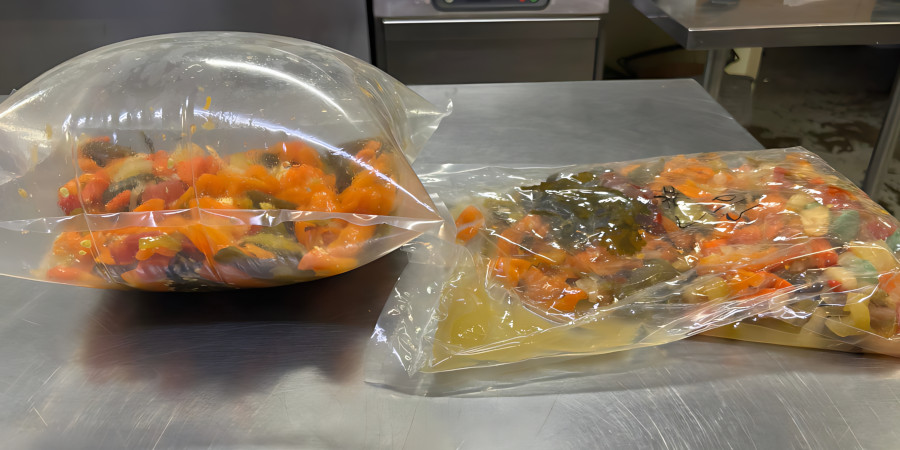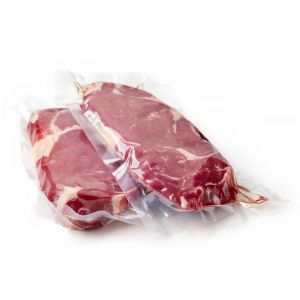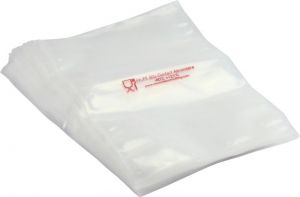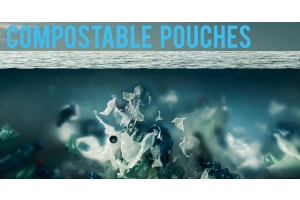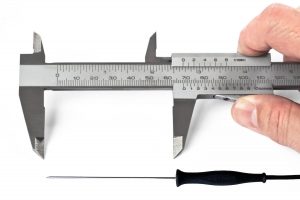When Your Sous Vide Bag Starts to Inflate: What It Means and What to Do
Sous vide cooking is a popular method for preserving the flavor, texture, and nutrients of food. It involves placing food in a vacuum-sealed bag and cooking it at a controlled temperature (in a water bath or oven) for a precise amount of time. Sometimes, certain cooking bags inflate—or even burst—when exposed to temperatures of 95 °C or higher.
Cooking food in an inflated vacuum bag reduces the contact between the food and the plastic; the air then acts as a thermal barrier. As a result, the food takes longer to cook.
Cooking food in an inflated vacuum bag also raises the issue of the development of aerobic microorganisms (which multiply in the presence of oxygen), among which are most pathogens.
In this article, we explain why a cooking bag inflates, which foods are affected, and—most importantly—how to prevent it, with a focus on the importance of vacuum quality.
Inflated Vacuum Bags: A Natural Phenomenon
Even a high-quality vacuum bag can fill with gas and inflate. The problem lies not in the bag, but in the physics and chemistry of the food.
Water Contained in Food
Vegetables and certain fruits contain a large amount of water. When heated to 95°C or higher, this water turns into steam, which increases the internal pressure of the bag, causing it to inflate.
Dissolved Gases in Food
Some vegetables contain dissolved gases within their cells. Heat releases these gases, adding pressure inside the bag.
It should be noted that wine should be avoided unless it has been previously cooked to evaporate the alcohol.
Foods Most Likely to Cause Inflation
- Water-rich vegetables: beets, zucchini, eggplant, bell peppers, tomatoes, spinach.
- Fruits: apples, pears, berries.
- Foods containing air in their fibers or tissues: meats, fish, artichokes, carrots, stuffings, etc.
- Fatty foods: fats trap a significant amount of air, such as in foie gras.
- Meats packaged with bones: bone structure contains a lot of air, especially in poultry.
- Seared meats before vacuum sealing: browning creates a crust that traps air inside the flesh.
The Importance of Vacuum Quality
Prevention depends primarily on an effective vacuum sealing process. Even the best bag can inflate if air and gases are not properly removed.
Tips for Optimal Vacuum Sealing
- Increase the vacuum power to remove as much air and dissolved gas as possible.
- Perform multiple vacuum cycles to degas products that are particularly moist or contain air deep within their fibers. Some vacuum machines have a "Pause" function during the vacuum process that helps optimize the degassing of food.
- Check for the absence of air bubbles before cooking.
An efficient vacuum significantly reduces the risk of inflation and bag rupture. If in doubt, check whether the machine is properly calibrated or if the pump is functioning correctly (oil drain?).
Additional Preventive Measures
- Blanch or pre-cook vegetables to remove part of the water and gases.
- Adjust temperature and cooking time: maximum 85–95 °C for very watery vegetables.
- Do not overload the bag: leave 1 inch of space between the bottom of the product and the bottom seal, and 2 fingers of space between the top of the product and the sealing bar.
Conclusion
The inflation of vacuum cooking bags is mainly caused by:
- Steam generated by the water contained in the food.
- Dissolved gases in the food cells.
The foods most at risk are water-rich vegetables, certain table fruits, fatty products, and items with bones. The quality of the bag itself is not to blame. Prevention relies on:
- A high-quality vacuum sealing process, possibly with increased power or multiple vacuum cycles.
- Proper adjustment of temperature (maximum 87–90 °C for vegetables) and cooking time.
- The appropriate selection and quantity of food.
- Additional degassing techniques if necessary.
By applying these measures, you can fully enjoy the benefits of sous vide cooking without the risk of bag inflation or rupture, while preserving the flavor and quality of your food.
